When Carlos Acosta was named artistic director of Birmingham Royal Ballet in January of this year, he announced ambitious plans for his inaugural season, but the pandemic swiftly derailed these. Lazuli Sky, recently performed for live audiences in Birmingham and London, is his first commission to come to fruition, and while the programme has been scaled down from its original incarnation — with fewer dancers, musicians and audience members — it lives up to the panache of the company’s usual mixed bills and even manages to pull off a world première by Will Tuckett, a lodestar of contemporary British ballet....
Already a subscriber? Log in
Subscribe for just $2 a week
Try a month of The Spectator Australia absolutely free and without commitment. Not only that but – if you choose to continue – you’ll pay just $2 a week for your first year.
- Unlimited access to spectator.com.au and app
- The weekly edition on the Spectator Australia app
- Spectator podcasts and newsletters
- Full access to spectator.co.uk
Unlock this article
You might disagree with half of it, but you’ll enjoy reading all of it. Try your first month for free, then just $2 a week for the remainder of your first year.

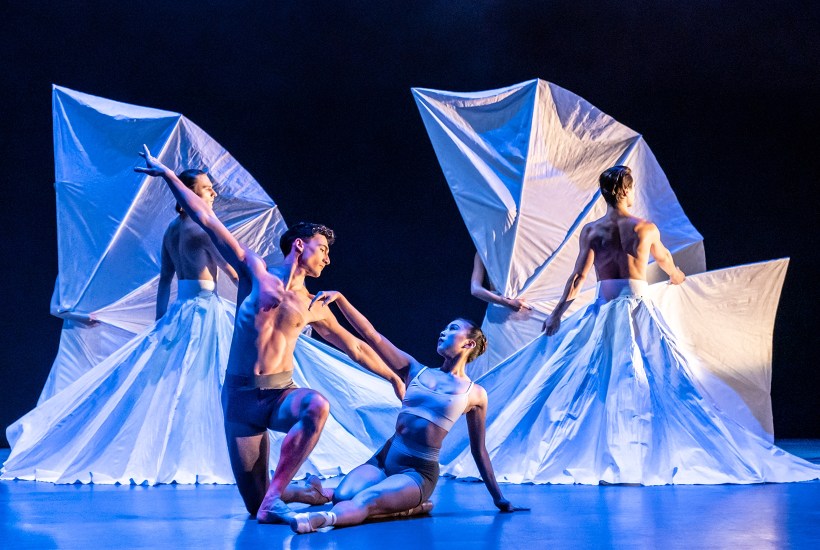
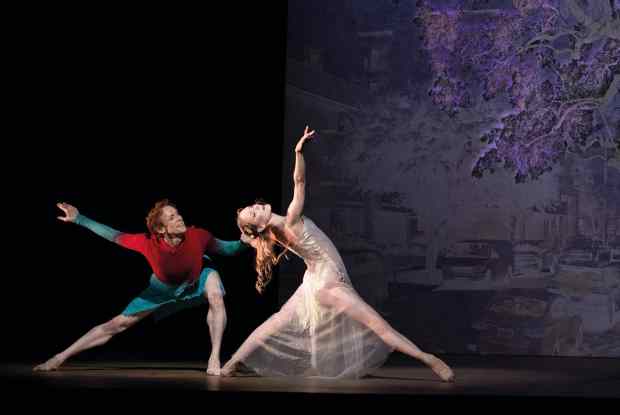
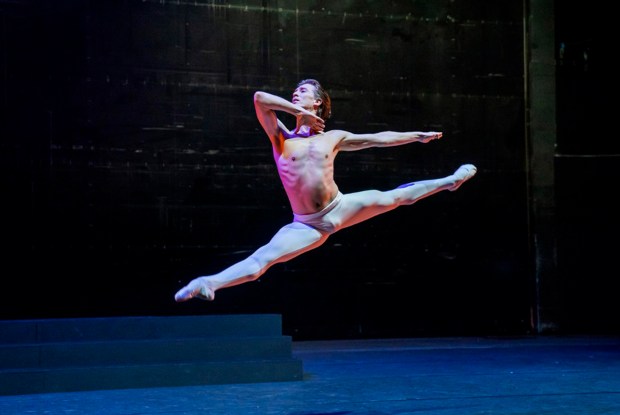
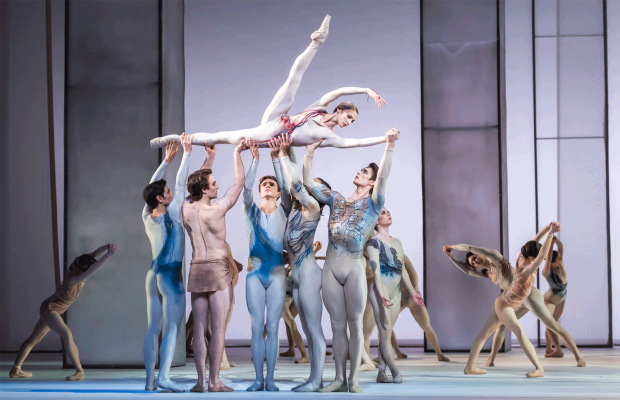
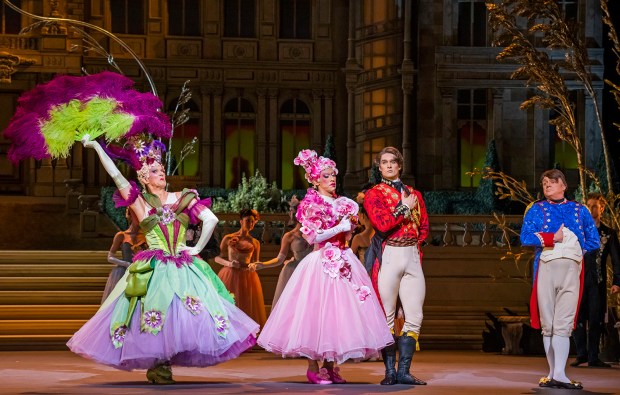
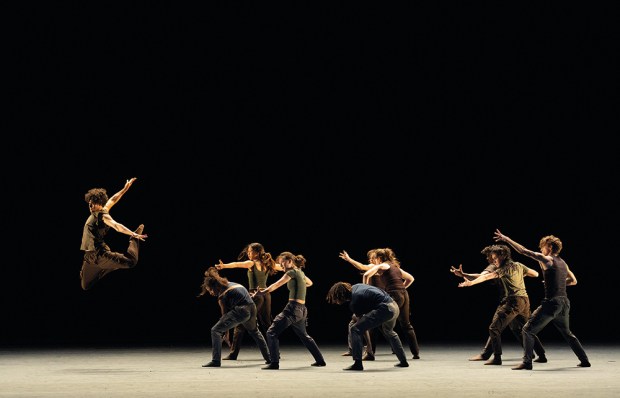
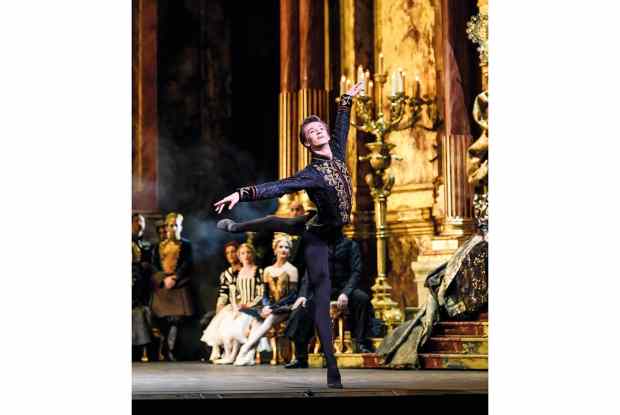






Comments
Don't miss out
Join the conversation with other Spectator Australia readers. Subscribe to leave a comment.
SUBSCRIBEAlready a subscriber? Log in